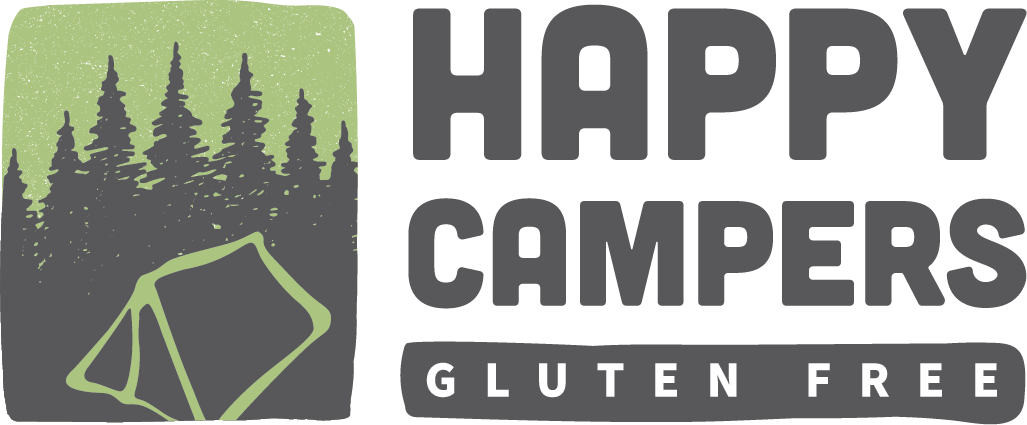That’s a great question! We have to warn you though, that question is actually very difficult to answer correctly! In reality, it’d probably require a degree in botany. Seriously, don’t even get me started! 
The short and very simplified answer would be NO, Happy Campers breads are not grain-free. However, that’s not the whole story and to answer it properly, we first need to answer the question “what are grains?” Are you ready for a mini-novel of an answer? If not, please proceed with caution!
This is the crux – it’s a tough, technical question. Just ask anybody who says “this is grain-free” what their definition of “grain” is. I pretty much guarantee they’ll have no idea! Or they’ll try to make up something on the spot… Something like “you know, wheat and rice kind of stuff…” 
Why is it so confusing and why do people get it wrong? It’s because the terms “grains, nuts, seeds and legumes” have been assigned to different foods in the colloquial language incorrectly. Take chia seed for example. You think it’s a seed, right? Well, it’s actually a grain. But here’s the twist: botanically, all grains, nuts, seeds and legumes are actually SEEDS! So it is a seed also. Because under the right conditions, they will all sprout a new plant. By the way, legumes are also grains, by their botanic definition. Poppy seeds or Hemp seeds are also grains. And Coconut is not a nut, but a “Drupe Fruit,” just like cherries, mango or peaches. Almond, however, is BOTH a Nut and a Drupe Fruit… Is it starting to feel totally confusing and crazy yet? Do you know what I mean??? It gets wildly technical and to classify anything properly as grain-free, literally requires a botanical degree.
To get around the technical definition and classification of grains, nuts, seeds and legumes, I think it’s actually best to discuss specific ingredients in general, without classifying them as “grains.” For example, if someone tells you “you should go grain-free” it would actually be much more helpful if they said, here’s the list of plants that are OK (for example sunflower seeds, almonds, coconut…) and here is a list of plants that are NOT OK (for example wheat, rice, corn…)
The bottom line is that the way people use the word “grains” depends heavily on the context. For example, one of the reasons why some people may need to avoid “grains” is because of Irritable Bowel Syndrome. With this condition, people sometimes can’t tolerate foods that are often referred to as “grains,” such as wheat, rice, corn etc. For this case, going “grain-free” would therefore mean eliminating such foods and instead use baked goods made from almond or coconut flour, which are better tolerated for patients with this condition.
Another example is that some people may choose to follow a “low-carb” diet because they believe they may lose weight. Those people would want to avoid “grains” (by popular definition) because those plants are made up of primarily carbohydrates. Instead, they may choose plants that are made up of primarily fats, such as almonds, coconut, sunflower seeds, pumpkin seeds etc.
To bring it back and complete the answer to your original question “are Happy Campers breads grain-free,” again it’ll depend on the context and your definition of “grains.” By most definitions, the answer would probably be no, even though in our bread we don’t use any of the commonly used conventional grains, such as wheat, rice, corn or oats. Instead, we use Ancient Grains that belong to the “Pseudo-cereals” plant family. Botanically, they are “grains,” but they haven’t been bred and modified to maximize the size and volume of the yield, which increases the starchy content of the seed and reduces the part that contains protein, fiber and other nutrients. You can tell, because rice, corn or wheat are much larger, compared to millet, sorghum or quinoa seeds that we use in our bread. This means they have more protein, fiber and overall nutrition than the grains that have been bread.
If you want to provide some context, please let me know here and I’d be happy to provide a curated answer and promise to keep it much shorter.

